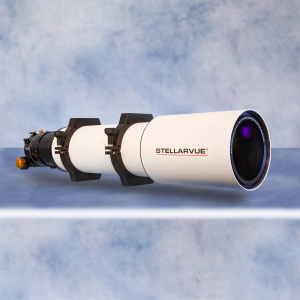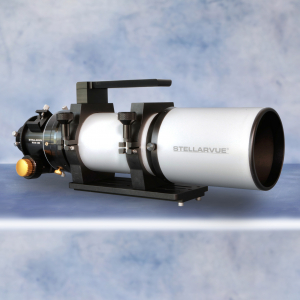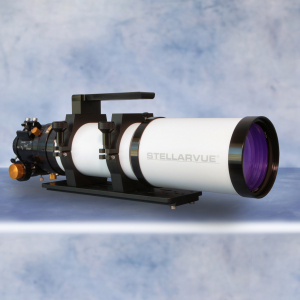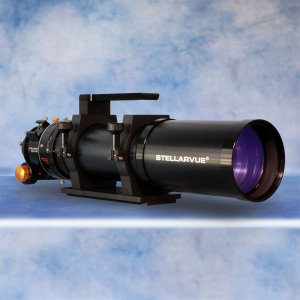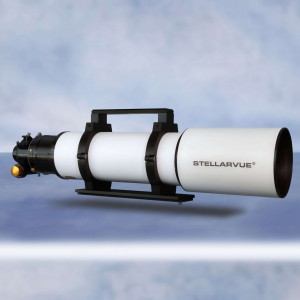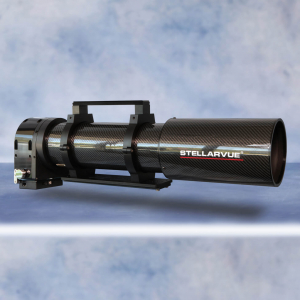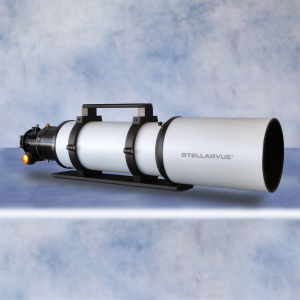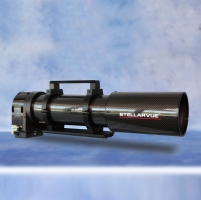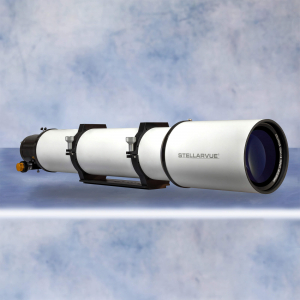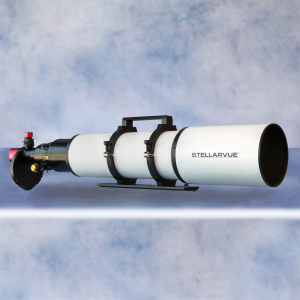SVX140T - Heart Nebula
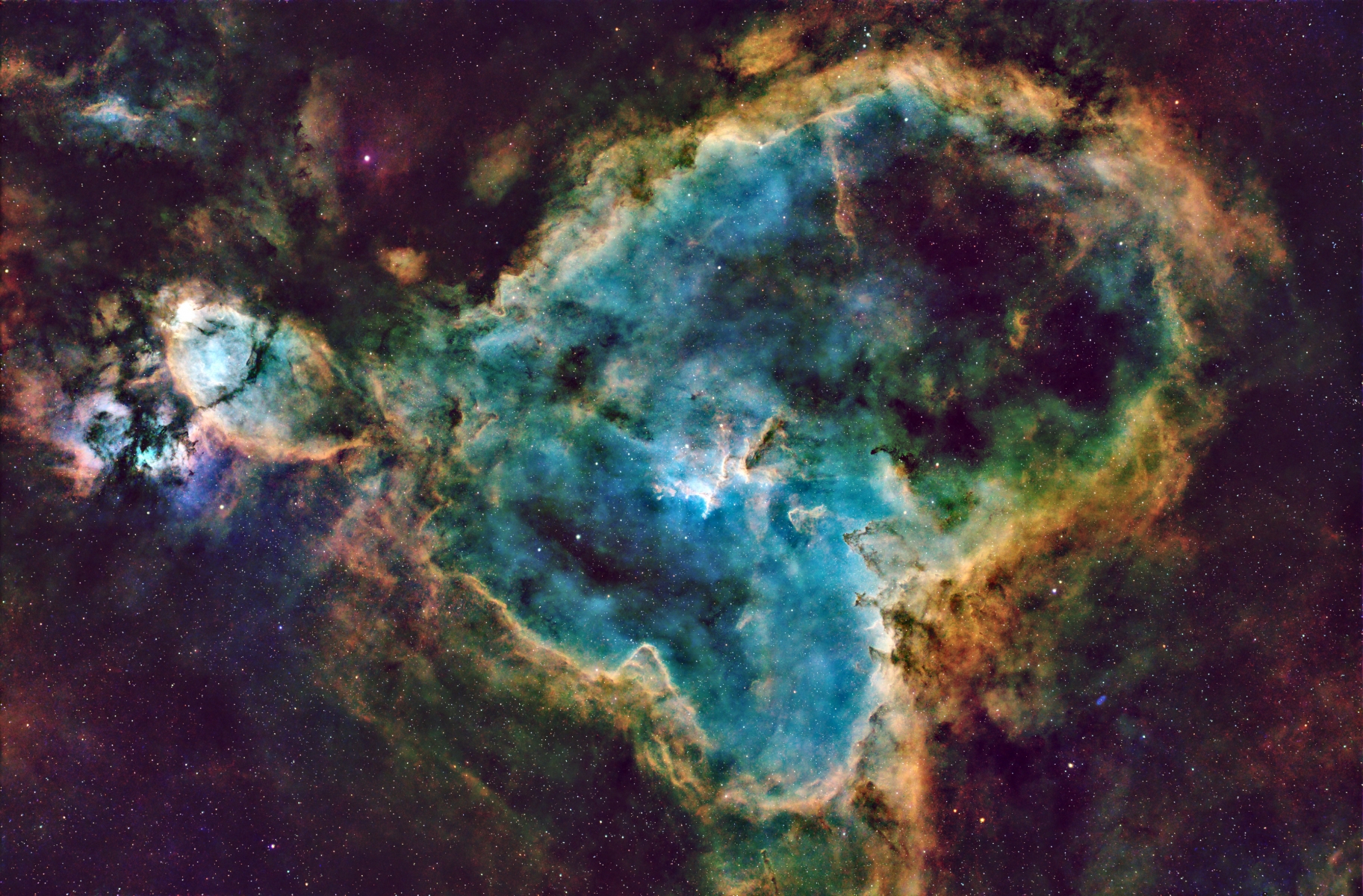

Larry Ammann caught this impressive image of the Heart Nebula (Sh2-190) in Cassiopeia with his SVX140T. This emission nebula is located 7,500 light-years away from Earth in the Perseus arm of the Milky Way galaxy and has a diameter of 150 light-years. Its red output and morphology are a result of radiation, emanating from a small group of hot stars near the nebula’s center. This open star cluster, known as IC 1805, contains a few bright stars nearly 50 times the mass of the sun.
According to Larry: “This is my first light image using the new SFFRX-130140 on my SVX140T. The subs for this image of the Heart and Fish Head Nebulae were taken in challenging conditions under the DFW light dome (Bortle 9+) and a gibbous moon using the ASI6200MC full-frame OSC camera and dual narrowband filters (Ha+OIII, SII+Hb). The performance of the SFFRX-130140 was excellent: stars in the corners were nicely round and the FOV of this full-frame camera was fully illuminated. I also appreciate the wider FOV produced by the SFFRX-130140. I’m looking forward to getting this 755mm f/5.4 astrograph out to dark skies, especially with winter targets appearing soon.”
Processing: “I extracted the Ha, OIII, and SII channels from the respective integrated masters to form an SHO image. After applying BXT and NXT, stars were removed using StarExterminator followed by NarrowBandNormalization. The resulting starless image was converted to nonlinear with GHS, curves, and LHE. Final post-processing was done with PixInsight and Affinity Photo 2.”
Other Designations: The Heart Nebula, NGC 896, IC 1805, Sh 2-190
Details:
Telescope: SVX140T+SFFRX-130140 (755mm f/5.4)
Camera: ASI6200MC (1”/pixel)
Mount: Paramount MyT (upgraded)
Focuser/rotator: Moonlite Nitecrawler
Filters:
Antlia 5nm dual band Ha+OIII
SII+Hb; Chroma LPR
Subs:
44x300sec Ha+OIII
41x300secs SII+Hb
30x60secs Chroma LPR (for stars)
Telescope and camera control: TheSkyX on a miniPC running Windows 11
Location: Dallas, TX (Bortle 9+)
Processing:
PixInsight
Affinity Photo 2
References:
Wikipedia contributors. (2025, September 15). Heart Nebula. Wikipedia. https://en.wikipedia.org/wiki/Heart_Nebula
